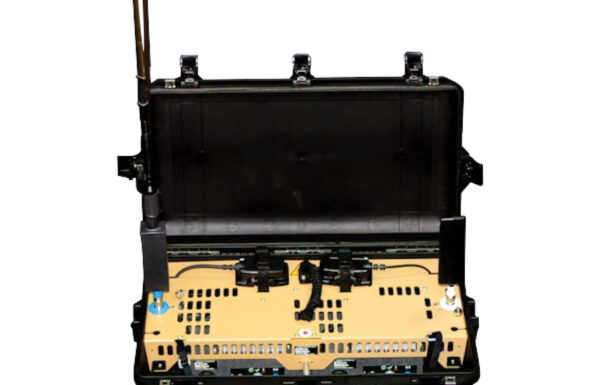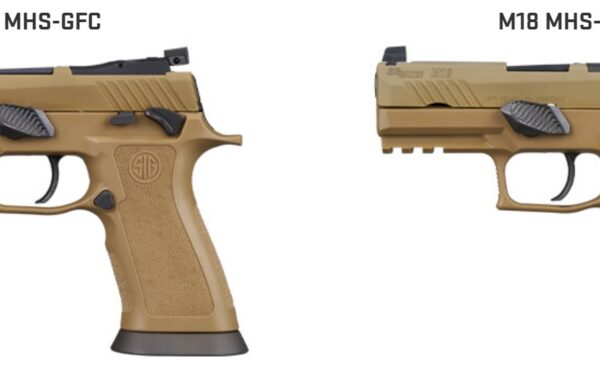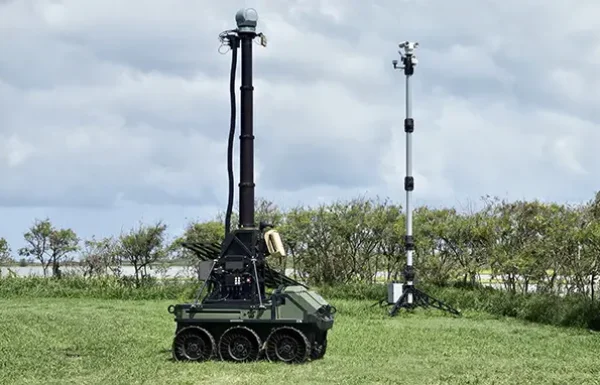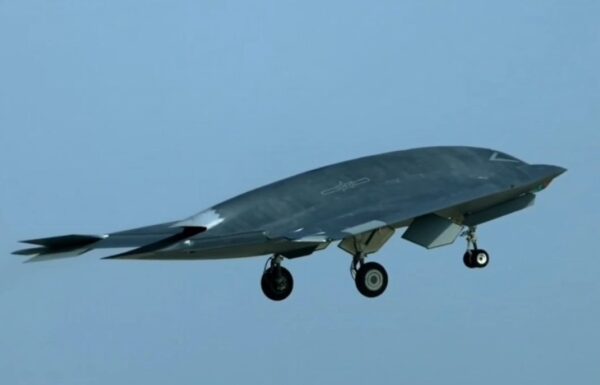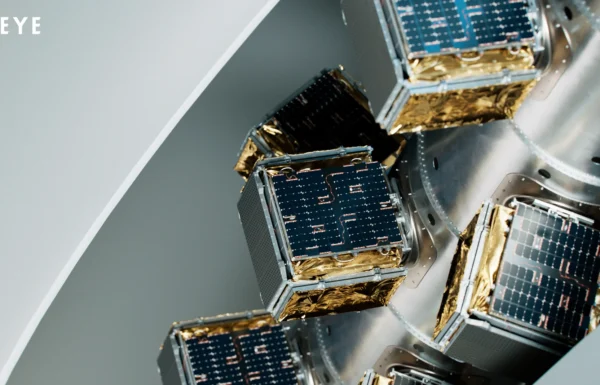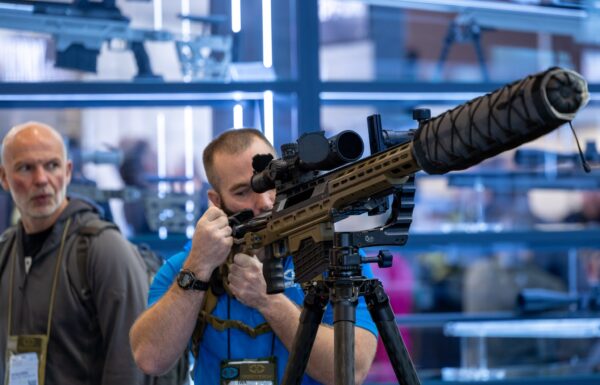On Monday, August 18, 2025, the American company Lockheed Martin announced that in a recent test at the White Sands Missile Range in New Mexico, the MIM-104 Patriot air and missile defense system employed a PAC-3 MSE (Patriot Advanced Capability-3 Missile Segment Enhanced) interceptor missile in the latest configuration, operating in conjunction with the smaller antennas of Raytheon’s LTAMDS (Lower Tier Air and Missile Defense Sensor) medium-range radar.
During the test, the missile interfaced with the radar through the Integrated Battle Command System (IBCS). However, instead of using the sensor’s primary antenna, two smaller antennas mounted at the rear (the so-called secondary sector) were employed. This demonstrated the radar’s capability to provide 360-degree coverage in a fixed-antenna LTAMDS configuration.
The PAC-3 MSE missile successfully intercepted an ABT (Air Breathing Threat) target missile simulating an adversary cruise missile. Additionally, the integration of the newly delivered Large Tactical Power Source (LTPS), which provides extra power to LTAMDS, was tested.
“PAC-3 continues to demonstrate advanced, reliable performance in increasingly complex operational environments,” said Brian Kubik, vice president of PAC-3 Programs at Lockheed Martin. “Delivering 360-degree engagement capability will enable soldiers to defend against threats from any direction, enhancing the U.S. Army’s IAMD capabilities.”
According to Lockheed Martin, demand for the advanced capabilities of PAC-3 interceptor missiles continues to grow due to their effectiveness in real operational conditions. Lockheed Martin is on track to reach a new record of over 600 PAC-3 MSEs produced in 2025 and is working closely with the U.S. Army to take proactive steps to accelerate deliveries to customers worldwide.
 LTAMDS in Poland / Photo: Jakub Link-Lenczowski, MILMAG
LTAMDS in Poland / Photo: Jakub Link-Lenczowski, MILMAG
The previous test of upgraded PAC-3 MSE missiles took place on June 26 of this year, while on April 21, RTX announced that it had received U.S. Department of Defense approval for so-called Milestone C, authorizing the transition from the research and development phase to low-rate initial production of LTAMDS radars, a decision preceded by eight operational trials.
LTAMDS is a stationary, three-faced radar providing 360-degree coverage and using Active Electronically Scanned Array (AESA) antennas built with gallium nitride (GaN) technology. These features enable far more effective protection against a wide range of threats, from crewed and uncrewed aircraft to cruise, ballistic, and hypersonic missiles. It is the successor to the sector-focused AN/MPQ-65 fire control radars used in Patriot batteries.
Compared to the AN/MPQ-65 radar, the new antenna is 2,130 mm longer and 280 mm narrower. It does not require side stabilizers, which reduces its footprint when transported in the cargo hold of a C-17A Globemaster III. Aside from the U.S. Army, only Poland has so far decided to procure the radar (12 units). However, there is interest from other countries (RTX has mentioned a dozen potential customers).
Meanwhile, the U.S. Army plans to increase the number of MIM-104 Patriot battalions by 25%, from 15 to 19.


